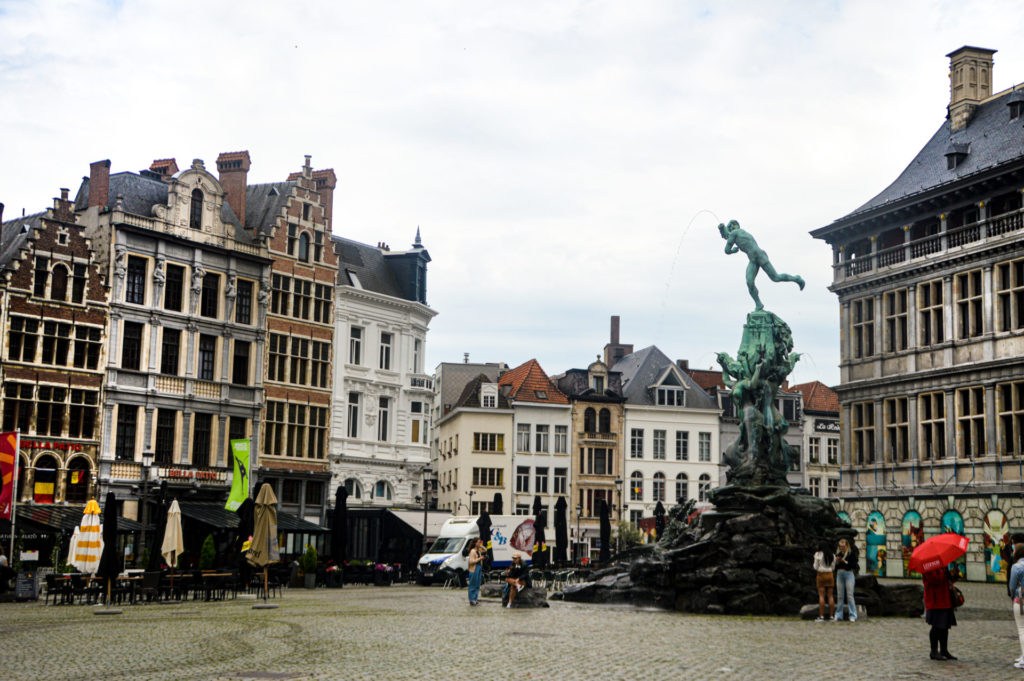Flanders keeps its orange colour, while large parts of Germany and Sweden turn red on the latest update of the travel map by the European Centre for Disease Prevention and Control (ECDC) on Thursday.
Belgian experts expected the country to fully turn red in this update of the colour codes, but Flanders is so far still coloured orange, while the Brussels-Capital Region and Wallonia are both red.
“The incidence, the number of infections per two weeks for 100,000 inhabitants, is almost at 200," biostatistician Geert Molenberghs told VRT News last week. "We are expected to cross that line next week and that is one of the conditions for turning red."
Updated ? maps are online!
These maps aim to support the @EUCouncil recommendation on travel measures in the EU during #COVID19 pandemic. Color-blind friendly map in the next tweet.https://t.co/CcBVx6SBfD pic.twitter.com/ZvHlPmXOqw — ECDC (@ECDC_EU) August 26, 2021
Germany, which had no more green zones in the previous update already, is now turning darker, as more than half of the country has turned red.
Meanwhile, Sweden has now turned fully red, as the one remaining orange region, Middle Norrland, received a red colour as well.
While Austria no longer has any green zones and is mainly coloured orange, its capital city, Vienna, has turned red too.
Croatia has no more green regions left either, and while Romania remains green for the most part, its capital city, Bucharest, is now also coloured orange.
Additionally, while Spain remains fully red, the entire country has the "regular" red colour, as no regions are coloured an even darker red anymore, meaning the situation is improving slightly.
Related News
- Big cities in Germany, Eastern Europe turn red on travel map
- Wallonia turns red on Covid travel map, Flanders still orange
- Comparing vaccination rates in Brussels and Flanders like 'comparing apples to oranges'
The European colour codes are used by Member States to impose conditions on returning travellers, such as mandatory testing or quarantine. The colour code of a region is also taken into account for the admission of travellers to individual nations.
Member States cannot impose extra restrictions on travellers coming from a green area, but they could demand a negative test and/or quarantine from (unvaccinated) people coming from orange zones.
Non-vaccinated people from 12 years old who do not have a recovery certificate must be tested if they return to Belgium from a red zone, on day 1 as well as on day 7 of their return.
Quarantine between the two tests is not necessary, except for people who test positive, and will therefore have to self-isolate, according to last week’s latest update to the rules by the Consultative Committee.
All travellers wanting to enter Belgium after more than 48 hours abroad are required to complete the Passenger Locator Form (PLF), regardless of the colour code of the zone they return from.

